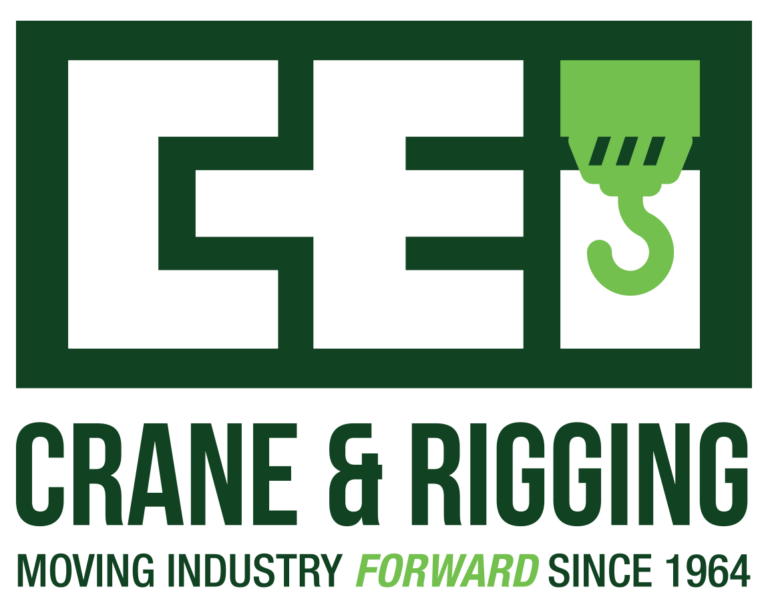Do you have heavy equipment or machinery to move overseas? Shipping heavy equipment overseas requires experience and knowledge regarding details such as customs fees, shipping containers and logistics.
You’ve made significant investments in your equipment, so you need assurance regarding its protection. Here are some commonly asked questions regarding shipping heavy machinery overseas. We’ve provided an outline of important steps to consider during the process.
WHAT ARE THE MOST IMPORTANT THINGS TO KNOW ABOUT SHIPPING HEAVY MACHINERY OVERSEAS?
More detailed than shipping within the country, international shipping involves customs fees and forms, and extra time for the journey.
You will need careful planning to choose the right shipping method and follow all the paperwork required to ensure compliance with rules and regulations. You can find relevant information from U.S. Customs and Border Protection.
WHAT ARE THE CUSTOMS FEES FOR SHIPPING HEAVY MACHINERY?
Don’t forget the customs fees when you consider your budget. Customs fees vary by country.
Customs regulations for paperwork also differ from country to country. For instance, some require you to have the bill of sale or original title for the machinery. Make sure you have the necessary documents in order.
HOW IS MACHINERY PACKAGED FOR INTERNATIONAL SHIPPING?
Machinery is packaged and shipped in different ways. It depends on the size and if the machinery has wheels.
For international sea freight, the most common shipping options include container shipping (for machinery that can fit in a container), roll-on, roll-off shipping, lift-on, lift-off shipping or flat rack container shipping.
For container shipping, machinery must fit into a 40’ cargo container. If it does not, it will be classified as oversize freight, incurring different costs. It may make sense to disassemble the equipment and ship it in a container. It depends on the machinery and the options for reassembly on the other end.
Flat-rack shipping uses a large container with no walls or roof.
Roll-on, roll-off shipping applies to anything on wheels that can be rolled onto the ship and off, as well as rolled below deck for protection.
Lift-on, lift-off shipping involves a crane loading the equipment onto the ship.
You will need to determine the best shipping method for your machinery.
HOW CAN YOU PROTECT YOUR MACHINERY IN TRANSPORT?
If you’re shipping via container, your machinery will probably require padding. If there’s room for shifting, you must protect it in transport. It’s important to use the correct type of padding or bracing.
If you use flat-rack shipping, the equipment will be exposed to the elements. You can shrink-wrap it if it cannot withstand water, rain, salt spray, etc. Most construction equipment can handle the elements, so this type of equipment may not require the same type of preparation for transport.
WHAT STANDARDS REQUIRED IN OTHER COUNTRIES SHOULD I CONSIDER?
Research the safety standards of other countries. Other countries require different standards, as well as different markings on the machinery that designate compliance.
HOW DO I DETERMINE CUSTOMS FEES?
Customs fees and forms are a big part of shipping machinery internationally. If you don’t know how to classify your equipment correctly, you will have issues with customs, and your machinery won’t ship.
DO I NEED INSURANCE TO SHIP EQUIPMENT INTERNATIONALLY?
Insurance is crucial. After you’ve invested in equipment, you need insurance to cover the cost should any damage happen. Make sure you understand what the carrier will cover related to damages and that you’ve obtained the right level of coverage.
WHAT ABOUT TRANSPORTATION AFTER THE MACHINERY ARRIVES IN PORT?
When shipping internationally, review the entire move. The trip doesn’t end when the machinery arrives in port. Map out end-to-end moving services, including how to transport your machinery once it arrives at its international shipping destination.
WHERE CAN I FIND A COMPANY EXPERIENCED WITH INTERNATIONAL SHIPPING OF HEAVY MACHINERY?
CEI Crane & Rigging is an experienced partner for heavy machinery and equipment shipping, including internationally. We offer both domestic and international end-to-end heavy shipping services. Other benefits of using CEI include:
- The right lift equipment, at your service. We have the right lift equipment when needed, so no matter the size and weight of your machinery, CEI can handle the job.
- Specialty packaging. We provide shrink wrapping, foam packaging, fabricated supports, bare metal surface protection and desiccant protection. We pack your machinery using shock braces and meters or blocks and braces, to give you protection against damage in transit.
- Crating service. We can provide on-site crating service at your location.
- Storage solutions. CEI can provide indoor and outdoor storage solutions, prior to shipping.
- ISPM15 Compliance and Certification. We comply with the International Standards for Phytosanitary Measures No. 15 (ISPM 15), using a protective heat treatment that prevents the spread of parasites and pests in international trade. We treat all wood pallets and wood packaging materials for international shipments. They are marked in accordance with the ISPM15 standard.
Read our case studies regarding heavy machinery and equipment shipping, or contact us today to discuss your shipping needs.
